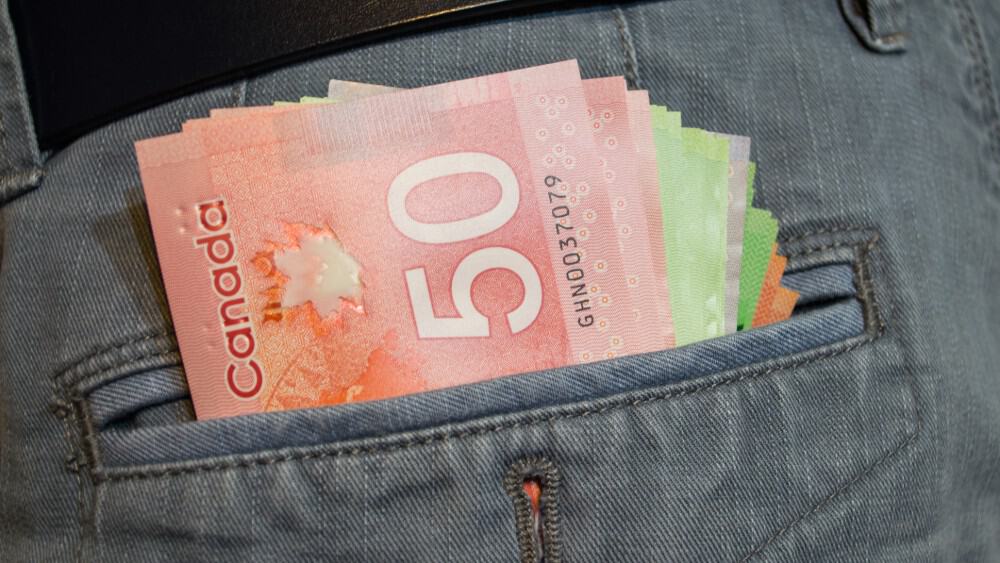When markets are falling, and it seems like the whole world is imploding around you, it’s tough to keep a clear head.
Some investors react in a very predictable way. They simply dump all their stocks and ask questions later. The big problem with this approach is, nervous investors often sell everything right at the exact wrong time. Then, emboldened by their nervous outlook, these same investors refuse to get back in. They miss out on big upside as the market recovers.
Even though doing nothing is usually the correct action to take during a market correction, some investors just can’t help themselves. They know selling everything is a bad move, but they figure doing a little tinkering might not be a bad idea. After all, a nasty recession can change an entire industry’s future.
As it turns out, doing a little bit of selling might not be the worst idea in the world, assuming you’re smart about it. Here’s how doing a little strategic selling can really help come tax time.
Tax loss harvesting
The big advantage to selling a stock at a loss is you’ve crystallized a tax savings. If you do this on purpose, the process is called tax loss harvesting. If you do it correctly, you can save a bundle in taxes. We’re talking thousands of dollars, easily. Maybe even more, depending on the size of your portfolio.
The process is easy. The first step is to sell a stock at a loss. Next, you want to make sure you don’t replace it with a security that’ll negate the tax benefits accrued.
Canada Revenue Agency rules state that if you sell a stock to harvest the tax loss, you cannot buy back into the same stock for 30 days. Most investors get around this rule by purchasing a similar stock in the same sector.
For example, say you purchased TD Bank shares last year. Your investment is now down 25%. If you sold TD shares and switched to Royal Bank shares, that would be a correctly executed tax loss trade.
It gets a little more complicated if you’re doing tax loss harvesting with exchange-traded funds (ETFs). You can’t sell one ETF and purchase the same one within 30 days. But you also can’t purchase an ETF that tracks the same index, either.
So tax loss harvesting one S&P 500 for another S&P 500 ETF is against the rules. You can, however, sell an ETF that tracks the TSX Composite Index and purchase one that tracks the TSX 60 Index. There’s enough difference between those two indexes.
How much you’ll save
Once you’ve created the tax savings by tax loss harvesting, you have two choices. You can either use the capital loss created on capital gains you’ve booked over the last two tax years, or you can choose to use the credit sometime in the future.
Remember, capital losses can be carried forward indefinitely.
Say you took advantage of today’s market turmoil to lock in a $10,000 tax loss. You hold onto it for a couple of years and use it to offset a gain. Say your future tax rate is 40%, a figure that assumes both federal and provincial taxes. Since you’re taxed on 50% of capital gains, that would translate into a $2,000 tax bill that would be negated by taking the capital loss today.
That’s not a bad reward for a few minutes of work and keeping some records. The reward gets even better if you have a large portfolio, too.
And remember, another easy way to save on taxes is to insist on dividends, especially when you’re retired and don’t have much other income.
The bottom line on this tax trick
Tax loss harvesting isn’t difficult at all, and it can put some serious cash back in your pocket. As long as you do it with an intentional purpose in mind and make sure you save the tax credits generated for a opportune time, it’s a strategy that can save you a lot of money.


